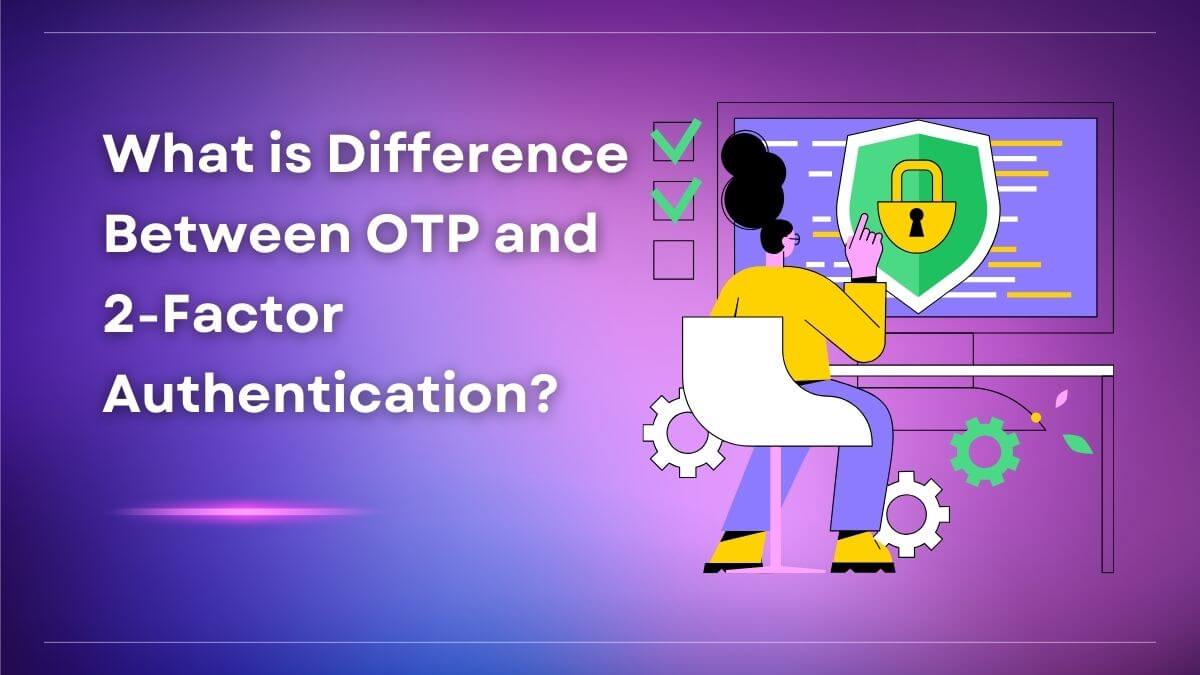What is Blockchain, and How Does it Work?
Blockchain is a decentralized digital ledger technology which enables multiple parties to record and verify transactions securely in a transparent manner.
Each block contains a cryptographic hash of the previous block, a timestamp, and transaction data. Bitcoin nodes use the Blockchain to differentiate legitimate Bitcoin transactions from attempts to re-spend coins that have already been spent elsewhere.
The main feature of Blockchain is based on 3T, which are transactional, transparent, and transitional, and it is used to create a block of information between stakeholders in a decentralised way. Various organisations nowadays use Blockchain. It is in the form of digitalized globalisation currency such as bitcoin. It has created various cost-effective solutions and addresses the various aspects of security and privacy for both parties.
For the first time, the term “blockchain” was coined by scientists in the Bell Communication Research lab. In this, it was explained that the first transaction added to a block is called a generation transaction or a coin-base transaction. This process execution enables trade between peer-to-peer Bitcoin networks through a process of verification called mining. An important thing to note is that the blockchain is free to process and generate bitcoin. Thus, it can replace all functions and business models that are dependent on charging a very small fee for transactions, or you can say a third party or gateway during the transaction. Thus, they are very scared of this technology and avoid implementing it.
This could even hamper companies like Amazon; for example, if you purchase an ebook by fitting it with a blockchain code, then instead of giving a cut to Amazon and the credit card company, you can save money and only pay for the original cost of that ebook. Hence, this can form another means of business transactions.
How Does Blockchain Work?
The most important thing to understand about how a blockchain works is that it is not centrally controlled. No single entity can modify or delete data on the Blockchain. This is what makes Blockchain so secure.
The network must first verify a block of data to be added to the blockchain. This means that the data must be valid and conform to the rules set by the network. For example, in the case of Bitcoin, the rules state that a block can only be added to the blockchain if it contains valid proof of work.
Once the network has verified the data, it is added to the Blockchain, and a new block is created. The latest block is then added to the existing Blockchain, creating a chain of blocks that can be used to track all cryptocurrency transactions.
What is Blockchain Used For?
Blockchain is most commonly used for cryptocurrency transactions. However, it can also be used for other purposes, such as tracking the ownership of assets, recording votes, and more.
One of the most important aspects of Blockchain is that it is transparent. This means that all data that is added to the Blockchain is public and can be viewed by anyone.
This transparency provides a level of security as it is very difficult to tamper with public data. In order for data to be changed on the Blockchain, it would require the approval of the network. This makes it nearly impossible for data to be changed without the knowledge of the network.
The Benefits of Blockchain
There are many benefits of Blockchain that make it a desirable technology. Some of the most notable benefits include:
Security: As mentioned earlier, Blockchain is very secure. This is because all data is stored on a public ledger that is constantly being verified by the network.
Decentralization: Blockchain is decentralized, meaning that any single entity does not control it. This makes it resistant to censorship and manipulation.
Transparency: Blockchain is transparent, meaning that all data is public. This allows for a level of accountability that is not possible with traditional systems.
Speed: Blockchain transactions are very fast. This is because they do not have to go through a third party such as a bank.
What Are the Disadvantages of Blockchain?
While Blockchain has many advantages, there are also some disadvantages. Some of the most notable disadvantages include:
Scalability: Blockchain is not very scalable. This is because each block can only store a limited amount of data. This limitation could eventually lead to scalability issues as the Blockchain grows.
Energy Consumption: The verification process of blockchain transactions is very energy-intensive. This is because it requires a lot of computing power to verify the data.
Cost: The cost of blockchain transactions can be high. This is because each transaction requires a fee to be paid to the miners who verify the data.
How Will Blockchain Impact the Future?
Blockchain is a new and innovative technology that has the potential to change the way we interact with the digital world. While it is still in its early stages, the potential applications of Blockchain are endless.
Here are just a few examples of how blockchain is poised to impact the future in a big way.
Increased security
One of the key benefits of blockchain is that it is incredibly secure. This is because each block in the chain is linked to the one before and after it, and all of the data is stored in a distributed ledger. This makes it next to impossible for anyone to hack into the system or tamper with the data.
This increased security will have a big impact on the future, as it will make it harder for hackers to steal sensitive data or wreak havoc on digital systems. This will help to create a more secure online environment for everyone.
Smarter contracts
Blockchain can also be used to create smart contracts. These are contracts that are automatically executed when certain conditions are met. For example, a smart contract could be used to release funds from an escrow account once a project has been completed.
This will have a big impact on business, as it will make contract execution more efficient and secure. It will also help reduce the risk of fraud, as the contract will only be executed if all conditions are met.
Improved supply chain management
Supply chain management can benefit from the use of blockchain as well. This is possible because of the technology’s ability to track how resources and products are moved along the supply chain. Businesses will be better able to manage their inventory and guarantee timely deliveries. This will have a big impact on the economy, as it will make supply chains more efficient and reduce the chances of disruptions. This will lead to lower costs and increased productivity.
Faster and cheaper payments
Blockchain may be used to speed up and reduce the cost of payments. This is due to the fact that transactions may be processed swiftly and without the requirement of a middleman thanks to technology. Due to the increased cost-effectiveness and efficiency of payments, this will have a significant influence on the financial industry.
Improved data management.
Blockchain can also be used to improve data management. This is because the technology can be used to store data in a secure and decentralized way. This will greatly impact industries such as healthcare, where sensitive data needs to be securely stored.
These are just a few of the ways that blockchain is poised to impact the future. The sky really is the limit when it comes to the potential of this innovative technology.

